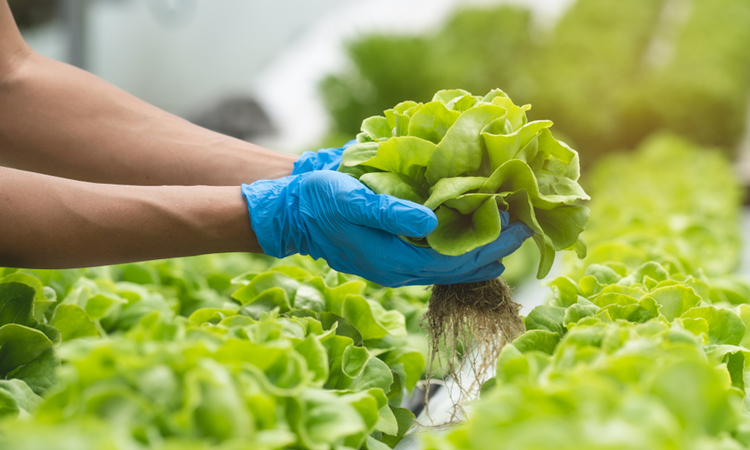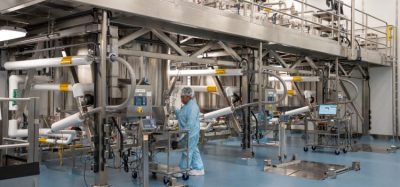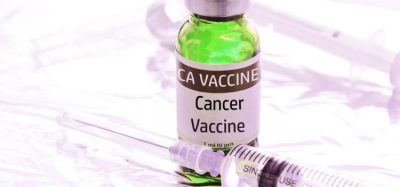Researchers develop method to produce protein drugs from lettuce
Posted: 18 February 2020 | Victoria Rees (European Pharmaceutical Review) | No comments yet
Scientists have divised a way to manufacture protein drugs using lettuce leaves, which has presented a potential drug for pulmonary arterial hypertension.


Researchers have developed a novel technique to manufacture protein drugs using lettuce leaves. According to the team, led by Henry Daniell of Penn State’s School of Dental Medicine, US, their technique has produced a potential treatment for pulmonary arterial hypertension (PAH).
Daniell employed an innovative platform to grow biomedically important proteins of many kinds in the leaves of plants. The system works by physically bombarding plant tissue with the genes of interest, prompting chloroplasts to take up genes and then stably express the relevant protein. Propagating those plants then creates a kind of pharmaceutical farm from which the researchers can harvest, dry and process the leaves, resulting in a powder that can be placed in a capsule or suspended in a liquid for use as an oral medication.
The new drug, composed of the enzyme angiotensin converting enzyme-2 (ACE2) and its protein product angiotensin (1-7), can be taken orally and in an animal model of PAH, reduced pulmonary artery pressure and remodeling. In addition, rigorous toxicology and dose-response studies suggested the drug’s safety in animals.
“We completed extensive investigations to highly express these proteins in lettuce plants and to ensure the product is safe and effective,” said Daniell. “We’re ready to progress with further work to move this to the clinic.”
Developing the technique
Previous studies from Daniell showed that ACE2 and angiotensin (1-7) can be expressed in tobacco leaves and when fed to rats with a condition that models PAH, could significantly reduce the animals’ pulmonary artery pressure while also improving cardiac function.
The system works by physically bombarding plant tissue with the genes of interest”
To create a drug that humans could safely ingest, however, required moving from a tobacco to a lettuce-based platform. The new work takes advantage of other advancements from the Daniell lab, including methods to enhance the expression of human genes in plants and to remove the antibiotic resistance gene that is used to select for angiotensin-producing plants.
In their current work, the researchers demonstrated that they could accurately evaluate the dose of the ACE2 and angiotensin (1-7) proteins in lettuce and that the products could be dried and kept shelf stable for as long as two years.
Animal trials evaluating toxicology, pharmacodynamic and pharmacokinetic studies were conducted at Stanford University, US. To confirm that the lettuce formulation of the product had a positive impact on experimental PAH, the team fed rats a solution containing the drug for four weeks. Their lung pressures decreased by 30-50 percent and the structure of their arteries also improved.
“We are very excited about this work that shows efficacy of bioencapsulated ACE2 and angiotensin (1-7) in our animal model of PAH,” said Tim Lahm from the Indiana University School of Medicine, US. “We now need to confirm that the intervention also works in other animal models and when given later in the disease. Ultimately, our goal is to move this to the clinic for trials in patients, but we need to make sure we learn as much as possible from animal studies and from studies in healthy human subjects to make sure this intervention is safe and efficacious in patients.”
The team’s findings appear in Biomaterials.
Related topics
Biopharmaceuticals, Bioprocessing, Bioproduction, Drug Manufacturing, Manufacturing, Processing, Production, Proteins
Related organisations
Indiana University School of Medicine, Penn State School of Dental Medicine, Stanford University









